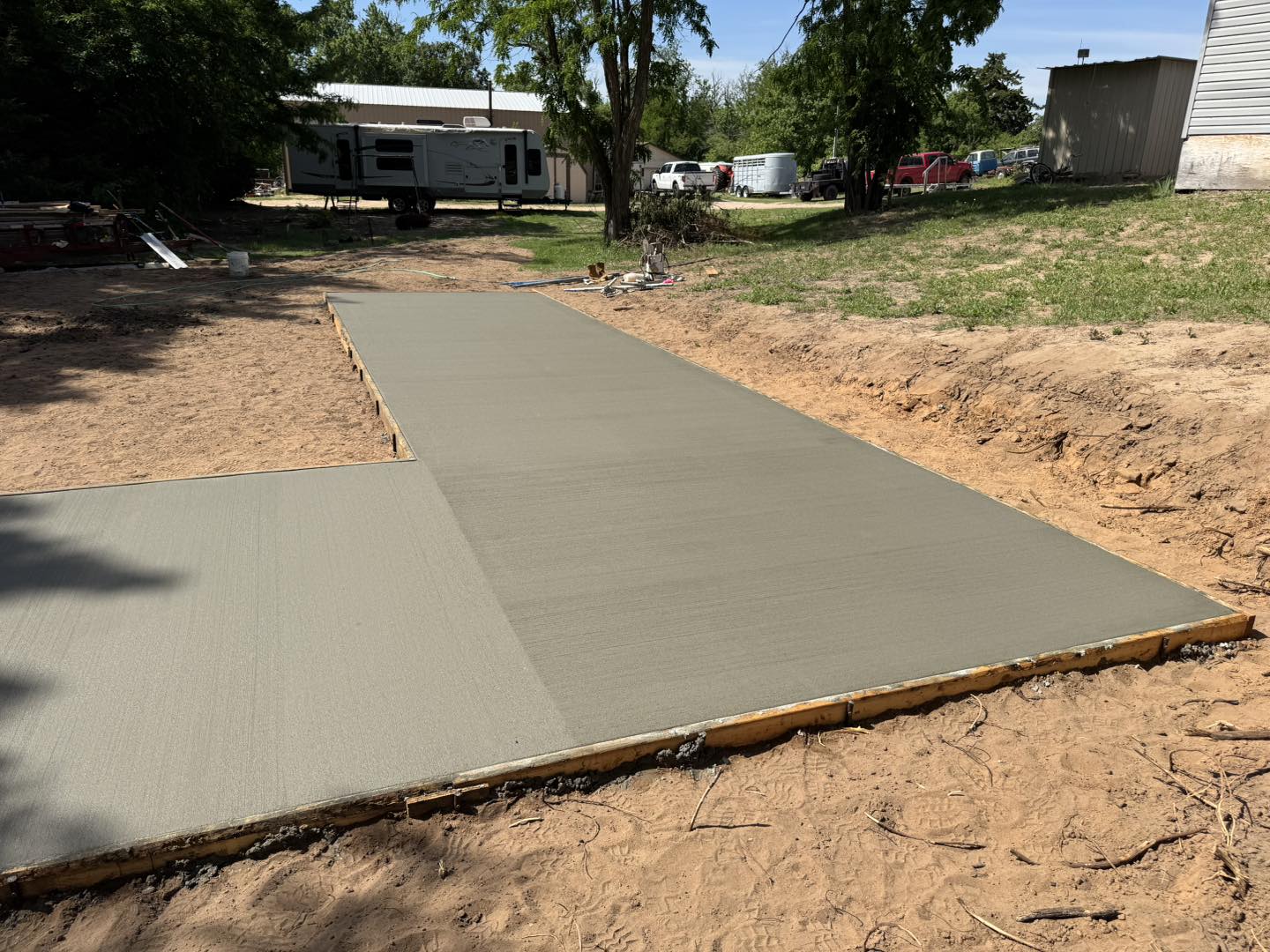
Maximizing Durability: The Science Behind Concrete Reinforcement Techniques Sep 03, 2025
Understanding the intrinsic properties of concrete is crucial. While concrete on its own is incredibly strong in compression, its tensile strength leaves something to be desired. This is where reinforcement techniques come into play. By incorporating materials like steel or fibers, we compensate for concrete's weakness in tension, ensuring a holistic approach to structural integrity. But how do these different types of reinforcement work, and what makes them so effective?
One of the most common reinforcement methods is using steel rebars. Steel reinforcement bars, or rebars, are embedded into the concrete before it sets. This technique capitalizes on the bonding properties between steel and concrete, ensuring that the two materials work in tandem under load. Steel expands and contracts at a rate very similar to that of concrete, which prevents cracking, a critical factor in elongating a structure’s lifespan. At TC Concrete, we utilize high-quality steel rebars that are designed to enhance tensile strength and improve the overall durability of the concrete.
Beyond rebars, fiber-reinforced concrete is gaining popularity. This technique integrates fibers made from steel, glass, synthetic, or natural materials into the concrete mix. These fibers act as micro reinforcements, helping to distribute loads across the slab and reduce the incidence of cracking. Particularly useful in floor slabs and pavements, fiber-reinforced concrete is a testament to innovative engineering practices. At TC Concrete, we embrace this technology to ensure micro-level reinforcements complement our larger structural designs.
Additionally, we utilize post-tensioning techniques for certain demands. This involves the use of cables within the concrete structure that are tensioned after the concrete has cured. This method is advantageous in large-scale constructions, such as bridges and expansive floor slabs, because it provides the flexibility for stress redistribution, thereby minimizing potential deformities. Post-tensioning enhances structural capacity and significantly extends durability—a core philosophy at TC Concrete.
To further bolster concrete durability, precise mixing and curing techniques are essential. The science behind concrete does not solely rest on the materials used for reinforcement but also on the quality of the mix and the curing process. Proper water-cement ratios and the addition of admixtures that enhance setting times and strength are pivotal. At TC Concrete, we rigorously monitor these processes to maintain high standards and deliver exceptional results.
In conclusion, while concrete reinforcement techniques may vary, their shared purpose is to maximize the durability and longevity of structures. Through our commitment at TC Concrete, we ensure that every project, whether residential, commercial, or infrastructural, benefits from the most advanced and effective methods available. By understanding and applying these scientific principles, we not only extend the life of the structures we create but also enhance their overall reliability and performance. Whether you are planning a new construction project or looking to extend the life of an existing one, consider the expertise and innovation that TC Concrete brings to concrete reinforcement.
/filters:no_upscale()/media/DFA1B79CSSKMO5T4NX1I3OVKDLZ2EZOTR3II0MTX.jpeg)
/filters:no_upscale()/filters:format(webp)/media/aaaeb466-f364-4b4c-bcb6-9889ebc78003.jpeg)